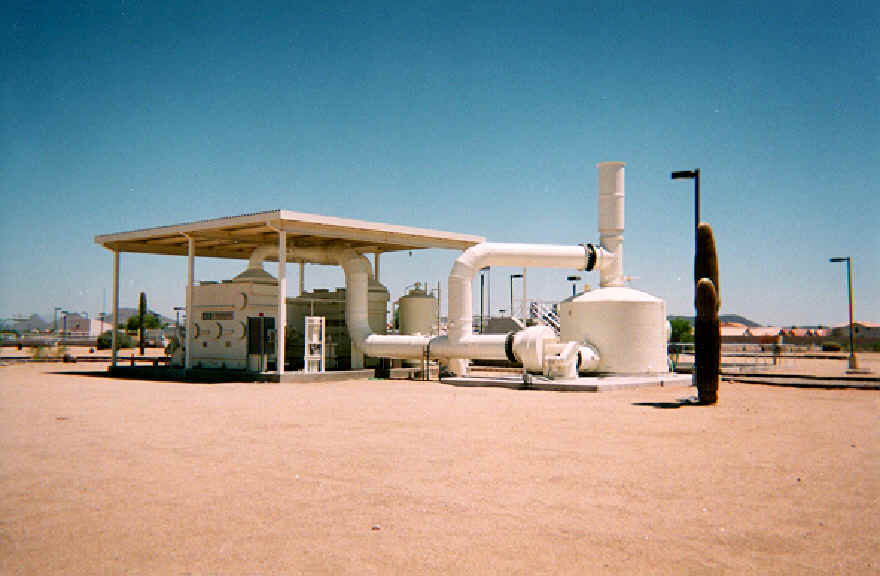
In the recent days, controlling the obnoxious gases is a primary issue for most of the wastewater treatment and sewage plants. People staying near these factories always have to smell the bad odors coming out from these processing treatment plants. The sewage and the wastewater treatment plants that are situated near to the residential areas are subjected to legal problems if they do not have facilities to control the undesirable odors. These industrial sectors should possess technologies to control the odors and lower their concentration in the atmosphere.
Causes of Undesirable Odors
The pollutants that are responsible for the harmful odors are mainly gaseous inorganic products and volatile organic compounds. The inorganic odors are caused by the biological degradation of the sewage. The volatile compounds are actually industrial wastes. Some of the vital products that primarily cause obnoxious gases are indoles, mercaptans, ketones, skatoles, aldehydes, inorganic acids and many more. When the compounds having high molecular weight decompose, they produce the obnoxious gases. The bad smell comes out from the outlet pipes of the wastewater and sewage treatment plants.
Baffle Tanks- An Effective Bio Filtration Technique
Factors Causing Odors
Ammonia and hydrogen sulphide are quite important for producing the bad smell. These products are released from the domestic households. These two factors should be lowered in minimal amounts by various odor controlling technologies. Other compounds that cause bad smell are methyl mercaptan, dimethyl sulphide, and carbon disulphide and so on. Some of them smell like rotten eggs, burned rubber and some smell like rotting vegetables, pungent and rotting cabbage.
Latest Technologies for Odor Control
- Oxidizing Agents:
It is one of the newest types of odor control processes. A strong oxidizing agent is required for controlling the amount of ammonia and hydrogen sulphide that are coming out from the wastewater treatment and sewage plants. The oxidizing agent reacts with the dissolved sulphide and it is converted to sulphate and then to sulphur. Beyond treating sulphide compounds, the oxidizing agents are effective in treating other chemicals as well.
- Biofilters:
These are one of the most common types of odor control techniques used in the industries. The biological filters remove the odor from the atmosphere by trapping the odor causing chemicals in a biological filter media bed where the compounds are decomposed by the help of micro-organisms. These techniques are simple to operate and maintain. The biofilters are used to treat mainly the biodegradable waste materials.
- Chemical Scrubbers:
These scrubbers are used in most of the sewage treatment plants for effectively treat the nitrogenous compounds. They are simply designed and quite flexible in operation. They are actually multi-stage scrubbers and they can remove both pollutants, acidic and basic. They are useful in treating strong odors in high volumes. The various types of chemical scrubbers available are packed bed, venture and mist scrubbers.
- Thermal Scrubbers:
They are used for burning the odor causing compounds directly or indirectly with the help of heat. They are mainly used for dealing volatile organic compounds which are responsible for obnoxious gases. They are quite effective in treating high strength of odors in large air volumes. They are compact in construction and require high installation cost.
These are a few types of odor control systems popular nowadays. Some other techniques are solid scavengers, liquid phase technologies, Digester Gas Treatment, Liquid Redox Technology and Iron Salts. There are numerous companies that offer FRP biofilters and baffle tanks to minimize the maintenance and operational cost and they are long-lasting at the same time.
